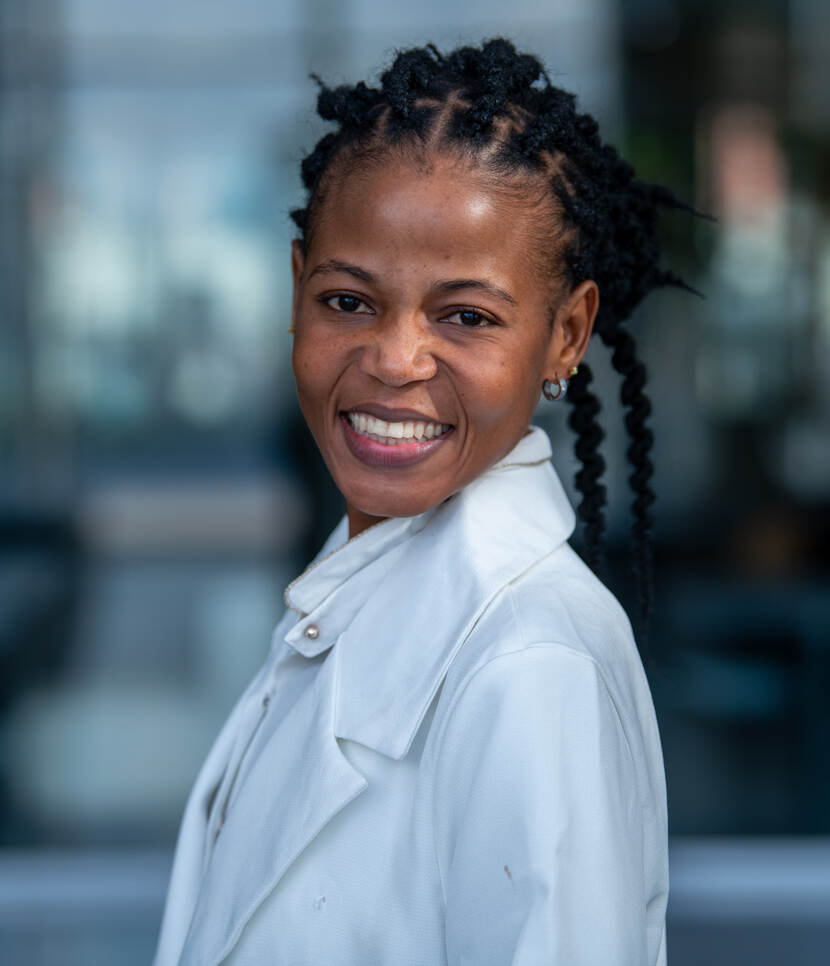Youth at Heart at the World Bank
With the Youth at Heart strategy, the Kingdom of the Netherlands is at the forefront when it comes to meaningful youth participation. Other organizations increasingly recognize this, and consult our expertise to integrate in their own organizational processes.
So, too, the World Bank, which requested a panel discussion on our approach with the intent to implement it themselves. Sharing these experiences with the World Bank board was a remarkable opportunity to highlight how the Netherlands is paving the way for genuine youth engagement.

Addressing the board of the World Bank
On the 15th of May, 2024, representatives related to the Youth at Heart strategy had the opportunity to address the board of the World Bank. The Ambassador for Youth, Education and Work was joined by Youth Advisory Committee member Shamim Wasii Nyanda, youth delegate Kevin Eustatia Palm, and coordinating policy officer education and youth Theodore Klouvas.
Setting the scene
The Ambassador kicked off by setting the scene, explaining the essence of meaningful youth participation on five different levels:
- Listening/informing: At the foundational level, it is crucial to listen to the voices of youth. This means creating platforms where young people can freely express their ideas, concerns, and aspirations, and ensuring that these inputs are taken seriously.
- Consulting: The next level involves consulting youth on various issues. This goes beyond just listening; it means actively seeking their opinions and feedback in the planning and implementation stages of policies and programs.
- Involving: Youth should be involved as active participants in projects and initiatives. This level of participation includes young people in decision-making processes and ensures that they have a role in shaping outcomes.
- Collaborating: At this stage, youth are not just involved but are collaborators. They work alongside adults and other stakeholders as equal partners, contributing their skills and perspectives to achieve common goals.
- Empowering: The highest level of participation is when youth take the lead. This involves giving young people the space and support to initiate and lead projects, making them primary drivers of change in their communities and beyond.

Youth speaks up
Youth took the stage next, with Shamim and Kevin sharing their reflections on the importance of meaningful youth participation, especially in the context of the World Bank.
Before taking place in the panel, Shamim did a research among youth in her network, uncovering the often dire perceptions that they have about the World Bank. She talked about the different reasons why this is the case, including the importance of meaningful youth participation in changing the image – stressing that contextuality and a tailored approach per situation is imperative to do so.

Kevin, too, reflected on the fact that the experts of the 21st centuries were not the one in the board room of the World Bank, and presence of youth in decision making places is imperative for adequate policy an programs.
Kevin:
If I’m making policy regarding the use of floppy disks, or typewriters, or Walkman’s; in these cases it’s obvious to have the people of the current World Bank board in attendance. But, when we turn the tables, why should you make policies on topics that youth is simply more knowledgeable on?
Discussing locally led development
While the input of Shamim and Kevin mostly revolved around youth participation on an organizational level, Theodore continued with showcasing how it excels outputs on a program level. Through explaining locally led development projects and designs, he stressed the importance of co-creating with youth regarding vocational education programs in African communities.
Since the World Bank has many programs relating to similar vocational education programs, the case study presented by Theodore created space for a lively discussion with all participants.
Youth at Heart
All in all, the session was a good introduction between Youth at Heart and the World Bank. The Youth at Heart strategy demonstrates that when young people are meaningfully engaged, they can be powerful agents of change, bringing innovative solutions and fresh perspectives to the table. As such, it sells itself.
This approach not only benefits youth themselves but also enriches our societies as a whole. The enthusiasm shown by organizations like the World Bank shows that that youth participation is not just an option, but increasingly a standard practice globally.